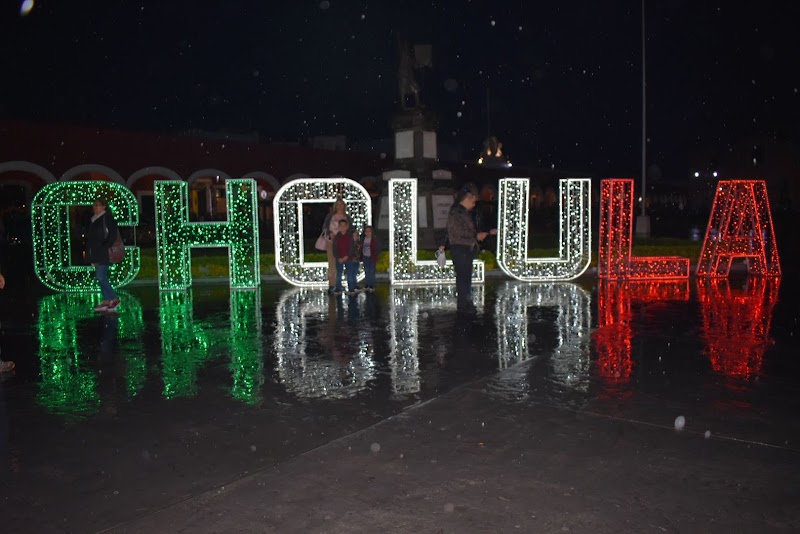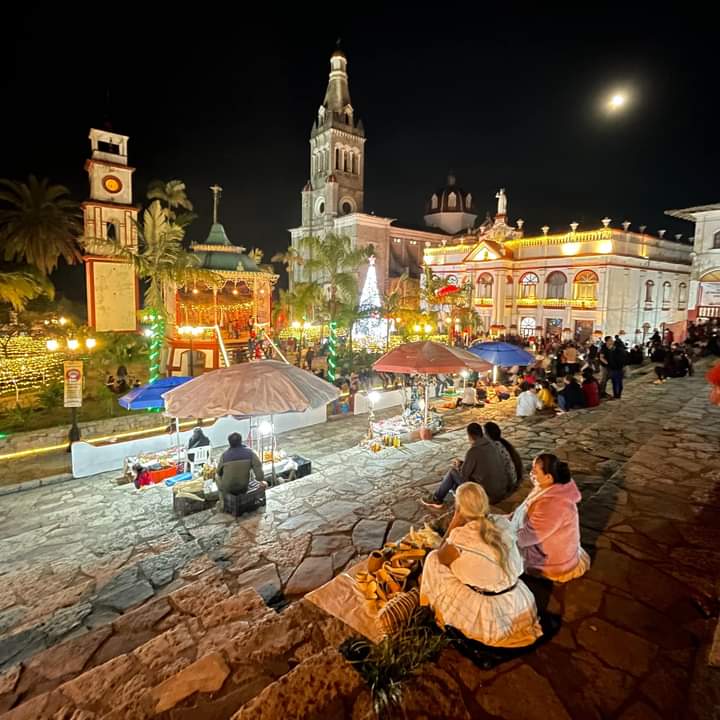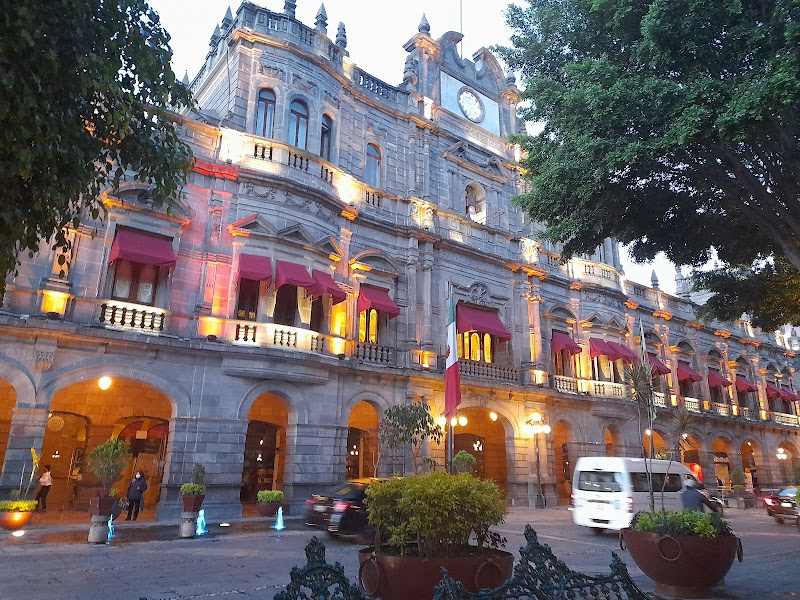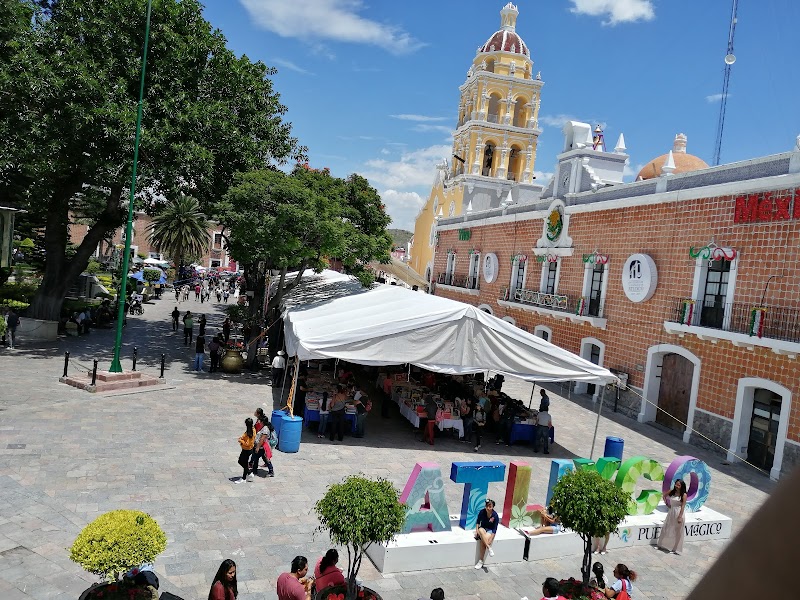Welcome to Puebla
Welcome to the vibrant State of Puebla, Mexico, a destination renowned for its rich colonial history and indigenous culture. Did you know that the marvelous State of Puebla is home to a staggering 365 churches, one for each day of the year? From the awe-inspiring Puebla Cathedral to the grandiose Forts of Guadalupe and Loreto, and down the enchanting streets of the historic center; there's an abundance of marvels waiting to be discovered.
To help you navigate this captivating panorama, we've meticulously crafted your personal guide - the comprehensive Tourist Map of Puebla. With this expertly designed tool, you're one step closer to the heart of Puebla's unique cultural heritage.
Booking.comDiscover the Hidden Jewels of Puebla
In the heart of Puebla, a treasure trove of unique experiences awaits to be unveiled. From the mystic ruins of ancient civilizations to the vibrant rhythms of modern Mexican life, Puebla offers a deep dive into Mexico's rich culture and history. Ready to embark on this journey? Discover the hidden jewels of Puebla.
Immerse Yourself in Nature
La Malinche National Park
If nature and adventure is what you seek, La Malinche National Park is your destination. With its lush forests teeming with a diverse array of flora and fauna, it's a paradise for nature lovers and hiking enthusiasts alike. Nestled nearby are the ruins of Malintzi, a pre-Columbian site bearing silent testimony to the region's ancient civilizations.
Valley of Tehuacán-Cuicatlán Biosphere Reserve
Regarded as a UNESCO World Heritage site, the Valley of Tehuacán-Cuicatlán Biosphere Reserve is a testament to the resilience of life. It houses an exceptional variety of cacti and is recognized as one of the world’s most significant regions for cacti conservation. Its unique ecosystems and remarkable biological diversity make it an essential stop for nature and ecology enthusiasts.
Explore Puebla's Traditional Crafts and Cuisine
Talavera Pottery
Renowned for its intricate designs and radiant colors, Puebla's Talavera pottery is a beautiful representation of the region's artistic heritage. Visitors can explore the workshops of local artisans, witnessing the meticulous process of creating these objects, a perfect blend of indigenous and European influences.
Puebla's Cuisine
Looking for a gastronomic adventure? Puebla sets the bar high. With regional dishes like mole poblano and chiles en nogada, it's a haven for food lovers. The local markets offer an authentic taste of Mexico that is as vibrant as it is delicious.
Experience Puebla's Vibrant Festivals
Cinco de Mayo
In Puebla, the Cinco de Mayo celebrations are an experience like no other. This annual festival commemorates the Battle of Puebla, where the Mexican army triumphed over the French in 1862. The city comes alive with parades, music, and dance, offering a captivating glimpse into the spirit of the Pueblan people.

Practical Information for Visiting Puebla
Transportation and Mobility
Getting around Puebla is pleasingly convenient with a variety of transportation options available. For a truly local experience, Puebla's public transportation system can take you to most parts of the city at an affordable cost. However, during peak hours, public transportation can get crowded. Renting a car is also an option for those who prefer more flexibility and control over their travel schedule. You can easily find rental services in the city.
Schedules and Prices
Most of Puebla's attractions operate from 9:00 am to 6:00 pm, although some may extend their hours during peak tourist seasons. Fees for attractions vary, but on average, you can expect to pay between 50 and 200 Mexican pesos (approximately 2.5 - 10 USD). It's also worth noting that many museums and attractions offer free entry on certain days of the week or for specific visitor categories like students or seniors.
Safety Tips
Puebla is generally a safe city for tourists, but as with any travel destination, it's important to remain vigilant. Avoid walking alone at night in unfamiliar areas and keep your belongings secure at all times. Be cautious when using public transportation and avoid displaying expensive possessions. It's always a good idea to have a copy of your identification and travel documents stored separately from the originals.
Practical Recommendations
The best time to visit Puebla is during the dry season from October to April, when the weather is most pleasant for outdoor activities and sightseeing. The city can get quite hot in the summer, so if you're planning a trip during this time, remember to stay hydrated and protect yourself from the sun. Always carry some cash, as not all places accept credit cards, especially in more remote areas or in small businesses.

Frequently Asked Questions
1. What special festivals can I witness in Puebla that aren't known to many?
Puebla is home to several unique and lesser-known festivals that celebrate the region's rich culture. The Matlachines Dance Festival, a vibrant display of traditional dance and music, takes place in Huauchinango every year. The Feria de Huamantla, a colorful and lively affair, showcases the town's artistic creativity in the form of beautiful carpets made from colored sawdust, flowers, and other materials. The Feria de Puebla, an annual fair held in April-May, offers a blend of traditional and modern attractions including cultural performances, amusement rides, and gastronomical delights.
2. What unique wildlife can I encounter in the Tehuacán-Cuicatlán biosphere reserve?
The Tehuacán-Cuicatlán biosphere reserve boasts a rich biodiversity that is unique to the region. You can spot the elusive jaguarundi, a small-sized wild cat, and the Mexican Treefrog. The reserve is also home to the endangered Golden Eagle and the endemic Tehuacán Salamander. For plant lovers, the reserve houses over 1,200 species of cacti, making it the world's richest cacti reserve.
3. What other artistic traditions, apart from Talavera pottery, is Puebla famous for?
Beyond Talavera pottery, Puebla is renowned for its artistic traditions. The state is famous for its textiles, particularly the hand-woven and embroidered Quechquemitl cape worn by indigenous women. Visitors can also explore the traditional art of amate paper-making in San Pablito, a craft passed down through generations. The intricate onyx and marble sculptures found in Tecali de Herrera are another testament to the region's artistic prowess.
4. What lesser-known historical sites would you recommend in Puebla?
For a deeper dive into Puebla's history, there are several lesser-known sites worth exploring. The Hacienda de San Antonio Chautla, with its enchanting English-style castle surrounded by a lake, offers a unique glimpse into the region's colonial past. The ex-convent of Santa Monica now houses the Museum of Religious Art, showcasing a vast collection of religious artifacts. If you're interested in Mesoamerica's largest urban centers, plan a visit to the ancient ruins of Cantona, one of Mexico's most significant archaeological sites.
5. What are some unique local dishes I must try in Puebla?
While Puebla's cuisine is renowned for Mole Poblano and Chiles en Nogada, there are other local dishes that shouldn't be missed. Cemitas Poblanas, a type of sandwich filled with avocado, meat, cheese, and herbs, is a popular street food. Chalupas, small tortillas topped with salsa, shredded meat, and onions, are a Pueblan specialty. For dessert, try the sweet potato-based Camotes de Santa Clara and the traditional Pueblan candy called Tortitas de Santa Clara.
6. Can I visit any indigenous communities in Puebla?
Yes, Puebla is home to numerous indigenous communities that warmly welcome visitors. The Sierra Norte region, inhabited mainly by the Nahuas and Totonacos, offers immersive cultural experiences. In Cuetzalan, a municipio recognized for preserving its indigenous heritage, you can witness traditional ceremonies and explore local markets. The Nahua community of Zacatlan is famous for its apple production and traditional agricultural practices.


